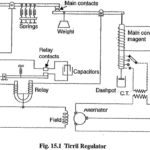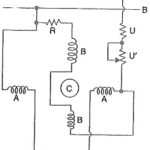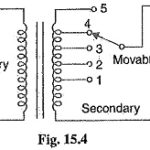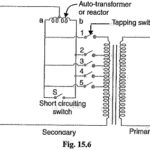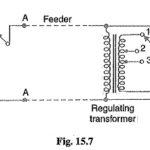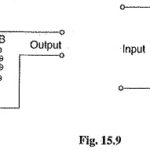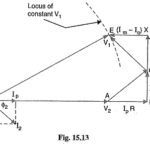Voltage Control in Power System Articles:
Voltage Control Method in Power System: In a modern power system, electrical energy from the generating station is delivered to the ultimate consumers through a network of transmission and distribution. For satisfactory operation of motors, lamps and other loads, it is … (Read More)
Tirril Voltage Regulator: In this type of Tirril Voltage Regulator, a fixed resistance is cut in and cut out of the exciter field circuit of the alternator. This is achieved by rapidly opening and closing a shunt circuit across the exciter … (Read More)
Brown Boveri Regulator: In this type of Brown Boveri Regulator, exciter field rheostat is varied continuously or in small steps instead of being first completely cut in and then completely cut out as in Tirril regulator. For this purpose, a regulating … (Read More)
Tap Changing Transformers: The excitation control method is satisfactory only for relatively short lines. However, it is not suitable for long lines as the voltage at the alternator terminals will have to be varied too much in order that the voltage … (Read More)
Tap Changing Auto Transformer: Fig. 15.6 shows diagrammatically Tap Changing Auto Transformer. Here, a mid-tapped auto-transformer or reactor is used. One of the lines is connected to its mid-tapping. One end, say a of this transformer is connected to a series … (Read More)
Booster Transformer: Sometimes it is desired to control the voltage of a transmission line at a point far away from the main transformer. This can be conveniently achieved by the use of a Booster Transformer as shown in Fig. 15.7. The … (Read More)
Induction Regulators: An induction regulators is essentially a constant voltage transformer, one winding of which can be moved w.r.t. the other, thereby obtaining a variable secondary voltage. The primary winding is connected across the supply while the secondary winding is connected … (Read More)
Voltage Control by Synchronous Condenser: The voltage at the receiving end of a transmission line can be controlled by installing specially designed synchronous motors called synchronous condensers at the receiving end of the line. The Voltage Control by Synchronous Condenser supplies … (Read More)
